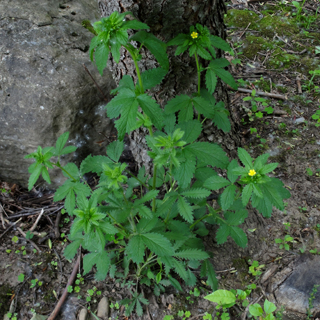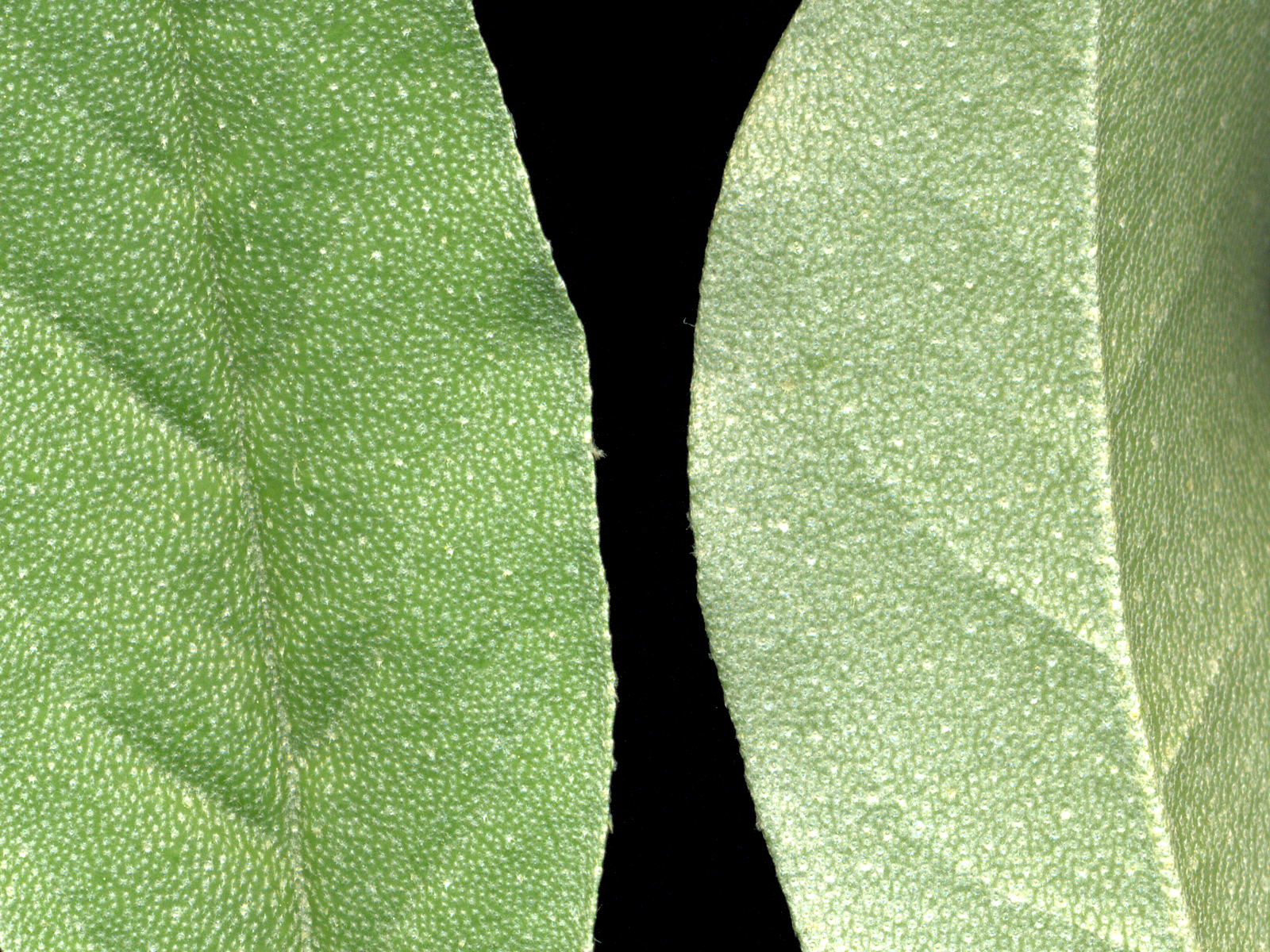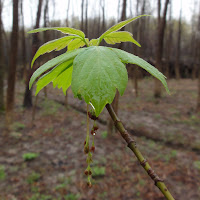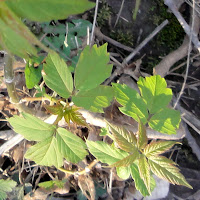


I took the green pictures of swallow-wort at the Federal Farm on July 24, 2011.


I took the the brown pictures of the swallow-wort there today, February 17, 2012.
The one on the left is on the left side of the center vertical (E-W) trail in the map below.
The one on the right is near the center of the pins at the bottom of the map.

The light blue push-pins show where I sighted swallow-wort vines today. North is at the left of the map.
I don't know at this point whether it's Cynanchum rossicum (pale swallow-wort) or Cynanchum louiseae (black swallow-wort) because I didn't see the flowers. If anyone can tell from the pictures, let me know. Though I don't know if it really matters.
Most of the vines that I noticed were climbing other exotics, not surprisingly, since they comprise the majority of easily-climbable vegetation in the area. Most were climbing bush honeysuckle, followed by buckthorn, multiflora rose, privet, grape vines, and autumn olive (in very rough order of infestation.) A much smaller, but still subtatntial number of vines were climbing native plants, primarily the gray- and red-stemmed dogwoods, but also a couple of small pine trees. There was also an area of bramble (where the group of pins are at the bottom of the map) that has a very dense infestation, as shown in the photograph on the right, just above the map.
Most were only up 4 or 5 feet into the vegetation, but a few were as high as 8 or 10 feet. They may have been up higher before "winter" set in.

Swallow-wort amongst Cornus sericea. |

Swallow-wort climbing Rosa multiflora. |

Climbing a pine tree, near one of the rightmost (southern) pushpins in the map above. |

Near the picture above, one of southern pushpins. |

At an overlook to Gully Rd. pond, one of the bottom (western) group of pushpins. |





















































